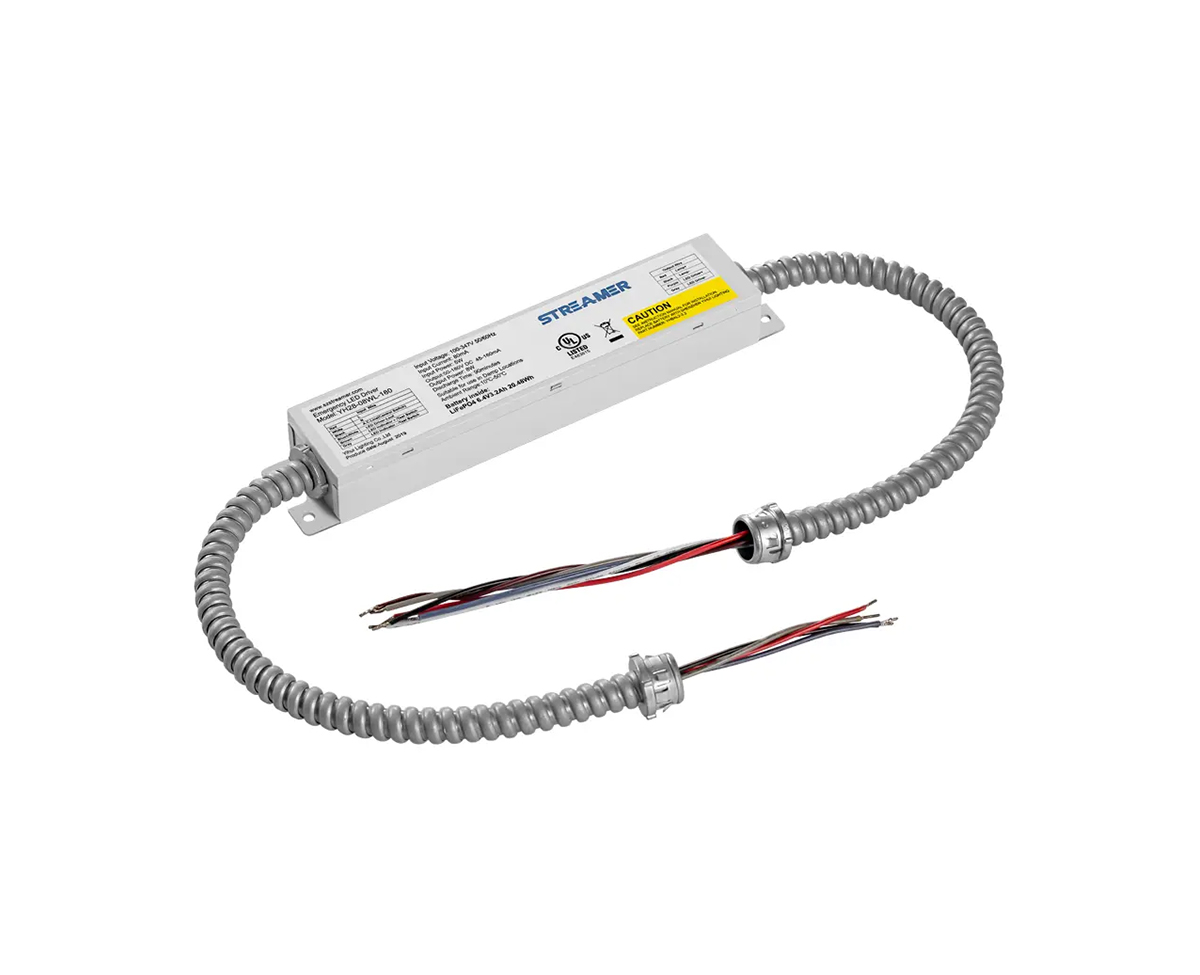 1
1
 May 05, 2025
May 05, 2025

The integration of Bluetooth wireless control technology into LED emergency converters brings a new level of convenience and functionality. Bluetooth wireless control allows users to manage and monitor the LED emergency converters remotely, providing greater flexibility in emergency lighting applications.
One of the main advantages of Bluetooth wireless control is remote operation. Users can use a smartphone or a dedicated control device installed with a corresponding application to control the LED emergency converter. For example, in a large - scale commercial building or industrial facility, maintenance personnel can remotely turn on or off the emergency lights, adjust their brightness levels, or perform self - diagnostic tests without having to physically access each converter. This significantly reduces the time and effort required for maintenance and management, especially in areas that are difficult to reach or hazardous.
Bluetooth - enabled LED emergency converters also support real - time monitoring. The control application can display important information about the converter, such as the battery status (remaining capacity, charging status), operating temperature, and the last time of emergency activation. This real - time data allows users to proactively manage the emergency lighting system, schedule maintenance in a timely manner, and ensure that the converters are always in good working condition. For instance, if the battery capacity of an LED emergency converter drops below a certain threshold, the application can send an alert to the user, enabling prompt battery replacement or charging.
Moreover, Bluetooth wireless control enables the grouping and centralized management of multiple LED emergency converters. In a large - scale lighting system, numerous converters can be grouped according to different areas or functions. Users can then control an entire group of converters with a single command, simplifying the operation process. For example, in a shopping mall, all the emergency lights in a specific floor can be grouped together, and during a fire drill or actual emergency, the lights in that group can be activated simultaneously with a single click on the control application. This centralized management not only improves the efficiency of emergency response but also enhances the overall reliability of the emergency lighting system.
The security of Bluetooth wireless control is also an important consideration. Advanced encryption algorithms are used to protect the data transmitted between the control device and the LED emergency converter, preventing unauthorized access and ensuring the integrity of the control commands. This ensures that only authorized personnel can operate and manage the emergency lighting system, safeguarding the safety and security of the application environment.